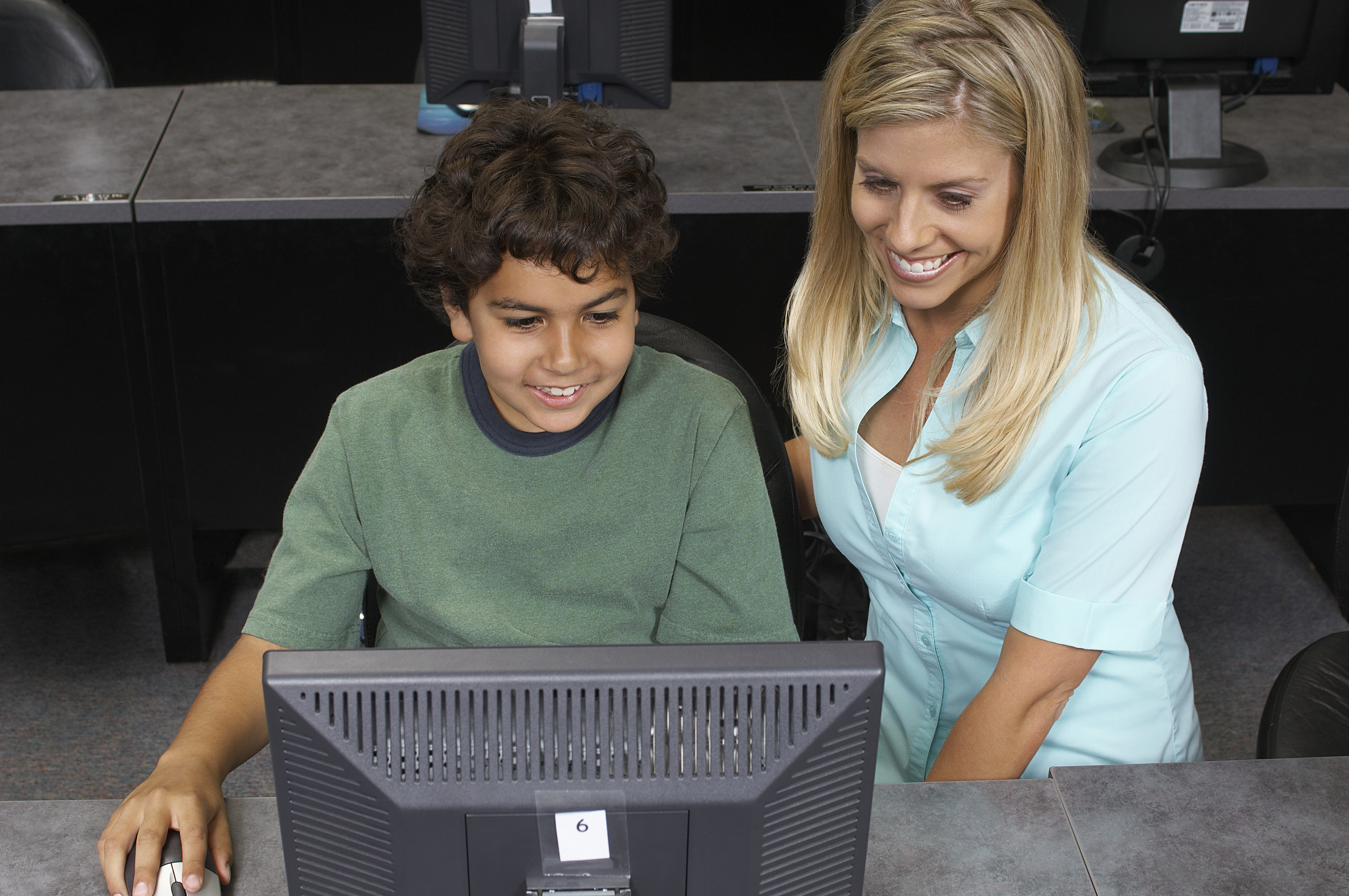Earlier this month, we kicked off our back to school webcast series with Dr. Natashia Hill, a Dual Credit and Advanced Placement English teacher at Clint Early College Academy. She joined us to share her proven "Guinea Pig" method for introducing new tech into the classroom. Her presentation was both practical and inspiring, and we couldn't resist distilling a few of her key points into writing.
Dr. Hill explains that creating a culture of iteration and innovation in the classroom is a cyclical process that requires preparation, experimentation, and reflection. Here are the four phases:
1. The Five Essential Teacher Processes
Before introducing a new tool to students, the teacher must lay the groundwork for a successful "Guinea Pig Season" (more on this later). Dr. Hill suggests that this preparation is best suited for the fall and requires five steps:
- Have a purpose. Don't implement technology for technology's sake. Rather, determine a specific classroom or instructional problem that you would like to solve.
- Track "sparks of possibility." Maintain a list of products or solutions that you may want to try.
- Explore and research. Look at the tools that you identified and ask yourself: What are you gravitating towards? Will it engage your students?
- Narrow your focus. Select one or two tools that you will actually test with your students. Consider: Is it better than what you are currently doing? Is it easy to use for both you and your students? Does it transform learning?
- Tinker away. Put the technology through its paces. Adopt the student perspective to get a sense of how they would interact with the tool.
"Guinea Pig Season" is the time for innovation when Dr. Hill recommends testing new technologies or learning strategies. Typically in the spring, this is an opportunity to shake up the routine. Dr. Hill recommends introducing the tool to a small group of "Guinea Pig" students with varying levels of proficiency. This way, you can determine how to scaffold the tool for all learners and ensure that it will be accessible to the entire class. Additionally, even for this small group of students, "Guinea Pig Season" must be tied to authentic learning tasks.
If the small group implementation is successful, you can introduce the tool to the entire class. Set up the class for success with supplementary materials that explain how the tool will be used. Carve out designated time for students to learn the new tool and keep track of their reactions. Dr. Hill says that this process is allowed to be messy and students should recognize that learning can be frustrating at times. This awareness will ultimately foster resiliency.
3. Evaluation, Reflection, and AdjustmentsOnce students have had time to learn the new tool, work with them to determine the tool's effectiveness. This phase is a learning experience for both you and the students. Students gain an understanding of the components of inquiry and the metacognitive abilities to evaluate and reflect on their own learning. In turn, you learn any adjustments that you must make in order to implement the tool at scale. Be sure to complete this evaluation process before the end of the school year so that you have gathered the data you need to implement the tool in the fall.
4. Implementation of New Technology or Instructional StrategyCongratulations! You have completed the "Guinea Pig" method and are ready to fully integrate the new solution into your plan for the coming school year. You've already associated the tool with a learning task, created instructional supports for your students, and encountered potential pitfalls and frustrations. In short: the work you put in this school year prepares you for a smooth implementation next fall. Now, you are ready to start the process over again with another tool. And just like that, you have created a culture of innovation in your classroom!
That's just a taste of the advice Dr. Hill has to offer. Listen to her full webcast here to learn how she successfully utilized her Guinea Pig method to implement both Revision Assistant and Feedback Studio.
Our webcast series will continue throughout September. If you are looking for additional advice for testing the tech waters with your class, listen to ELA teacher Elsie Peterson's Webcast here. Finally, don't miss out on our webcast "Finding the Right Tools in a World Full of Wrong Ones" with Jeremy Schwennen of Des Moines Public Schools. You can download it here.



